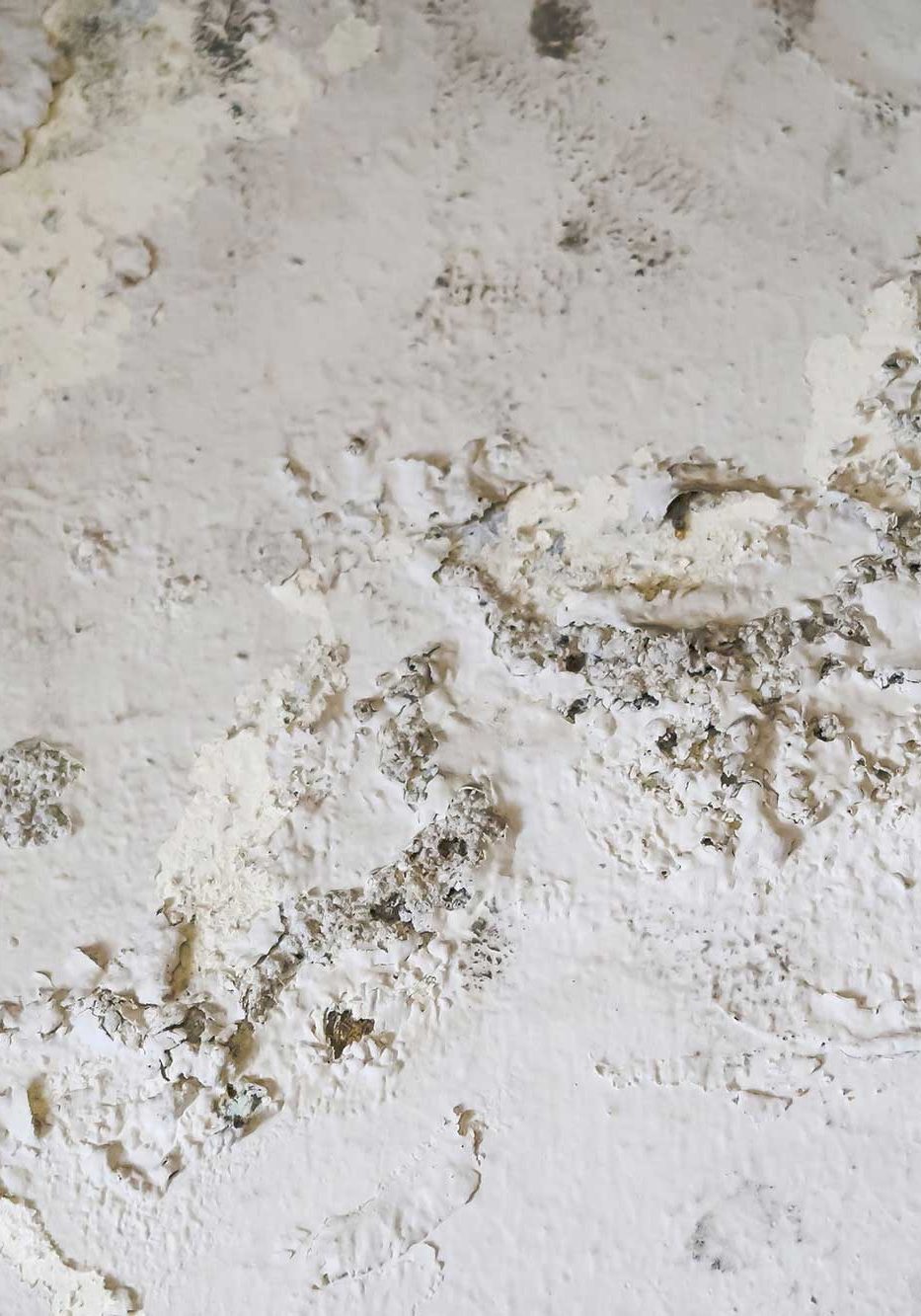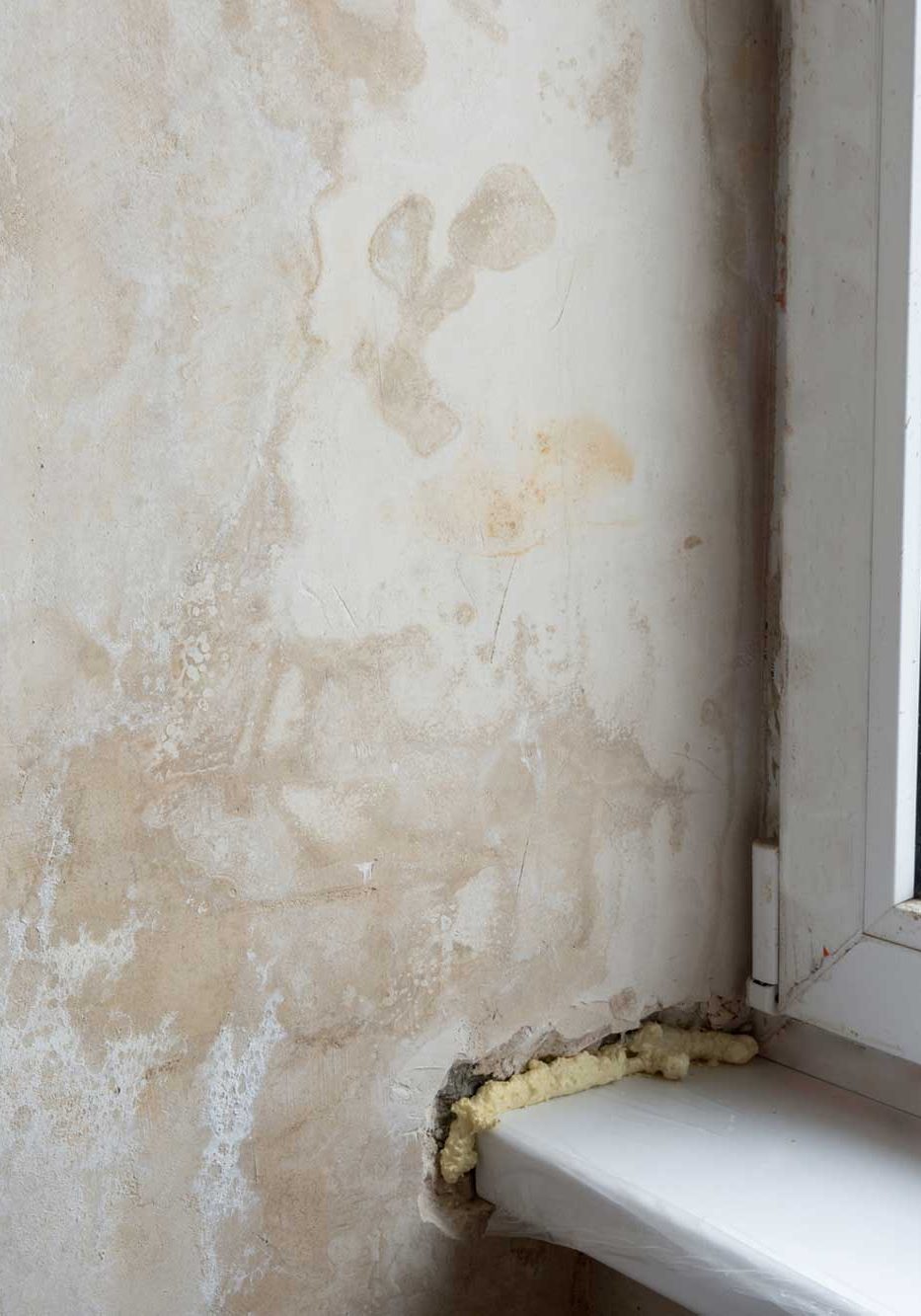Rising damp control in Lurgan, Northern Ireland
Action Against Damp provide eradication for rising damp, woodworm & condensation to clients across Northern Ireland.
What Causes Rising Damp?
Rising damp in buildings may be defined as the upwards flow of moisture through a permeable wall structure, the moisture being derived from groundwater. The moisture rises through the pores (capillaries) in the masonry by a process loosely termed ‘capillarity’, which causes the masonry to act like a wick. At Action Against Damp in Craigavon, dealing with damp is what we do. We can take care of everything from surveys and reports to remedial work, to help protect the structural integrity of your building. Contact our team in Craigavon today. We serve clients across Northern Ireland.
Treatment Solutions

Condensation

Health Effects
It has been widely documented that excessive dampness in buildings can have negative effects on the health of the building’s occupants.
Additional Information
Local Climate – rising damp will often rise higher in colder locations. Winter vs Summer – In a European climate damp tends to rise higher during the wetter, colder winter months. Northerly Aspect – height of rise tends to be higher on walls with a northerly aspect (in Northern Hemisphere) as these walls are cooler than those with a southerly aspect.
Unheated house – evaporation is lower in unheated (or unoccupied) homes than in heated homes Thick walls – have lower evaporation rates than thin walls as their surface area is proportionally lower.
